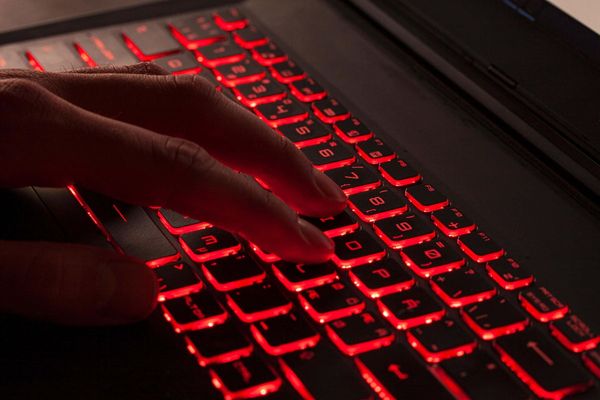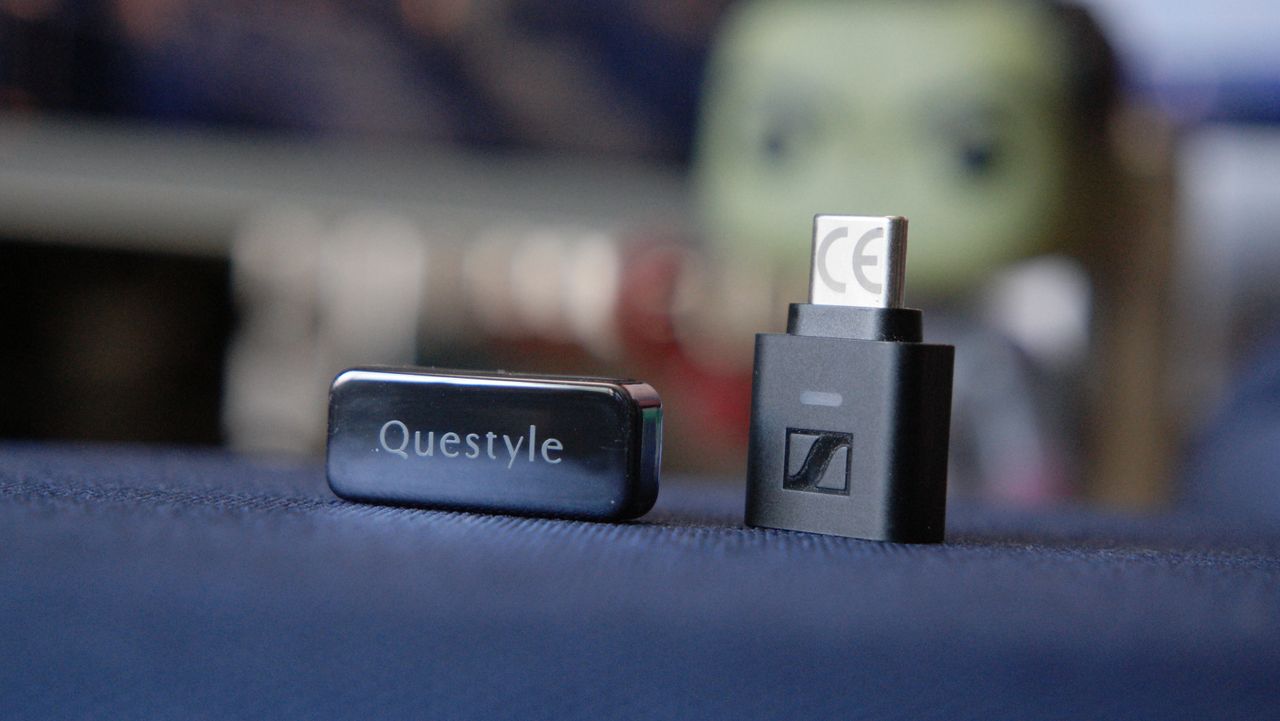
Spotify has 268 million premium subscribers. That’s 268 million more reasons to be excited about the addition of lossless audio to their premium tier. The only problem is that your smartphone or tablet is holding you back from fully experiencing that tier.
Case in point, the Google Pixel 10 series lacks support for one of the best Bluetooth codecs for music lovers, aptX Adaptive Lossless. And if your headphones don't support LDAC, which Pixels do, you're not getting the most out of your Pixel's audio streams.
There is a fix for that! New Bluetooth dongles from Sennheiser and Questyle are meant to bridge the gap between phones, tablets, gaming devices, and laptops/desktops that don’t support connecting to the best earbuds via the latest Bluetooth codecs.
I’m going to show you how to use those dongles to squeeze every drop of audio fidelity out of your device of choice!
How these Bluetooth dongles work
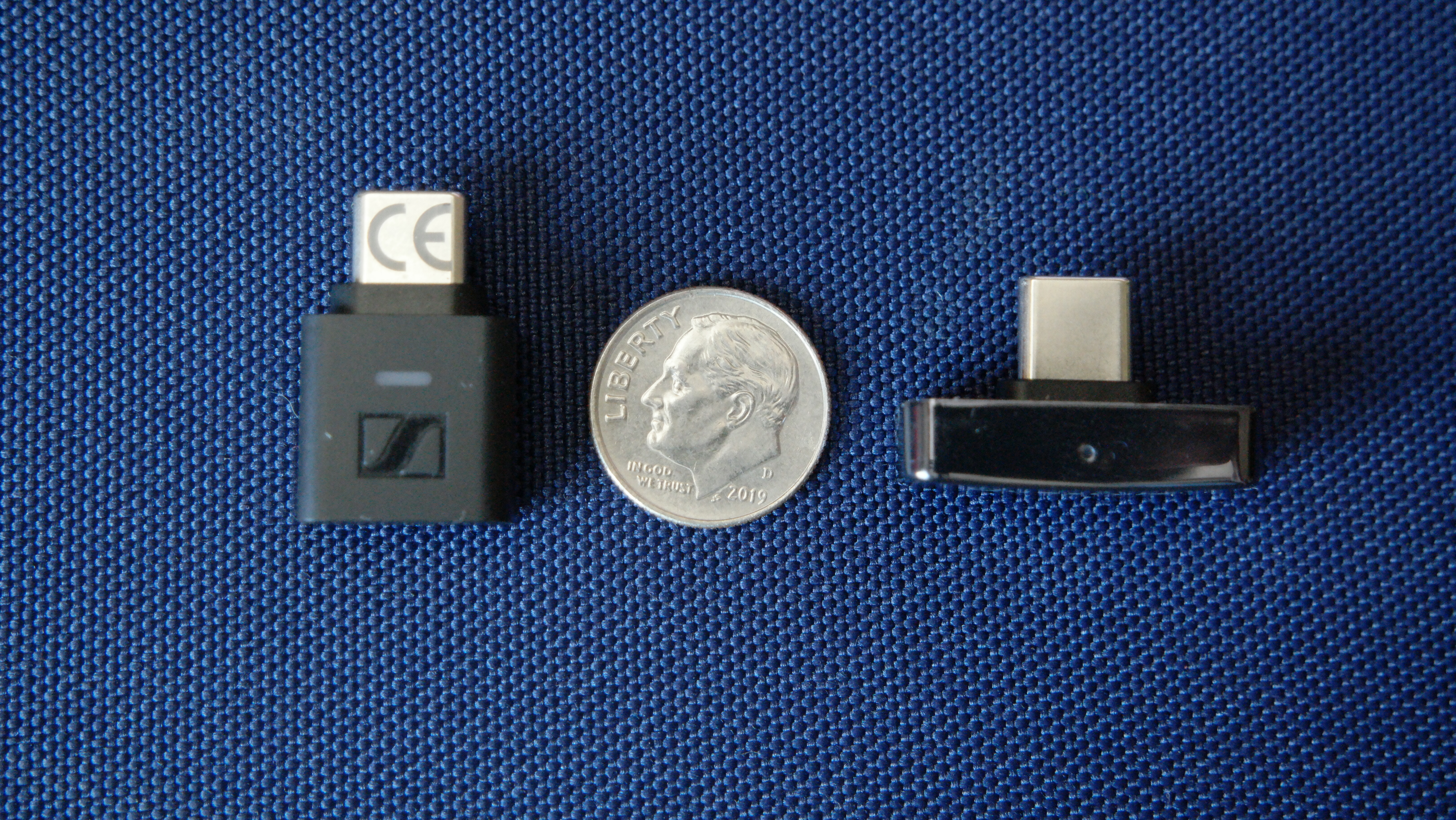
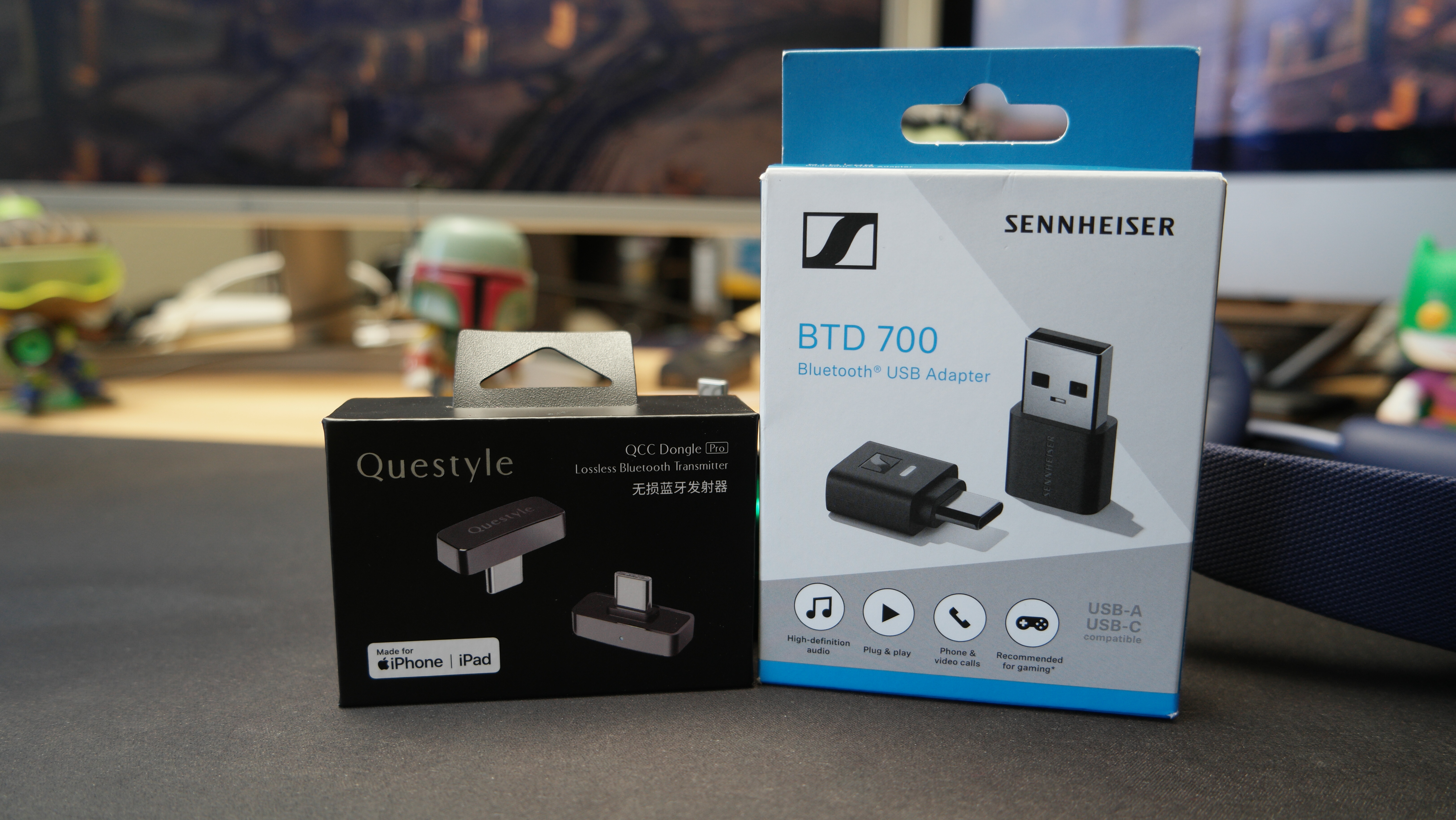
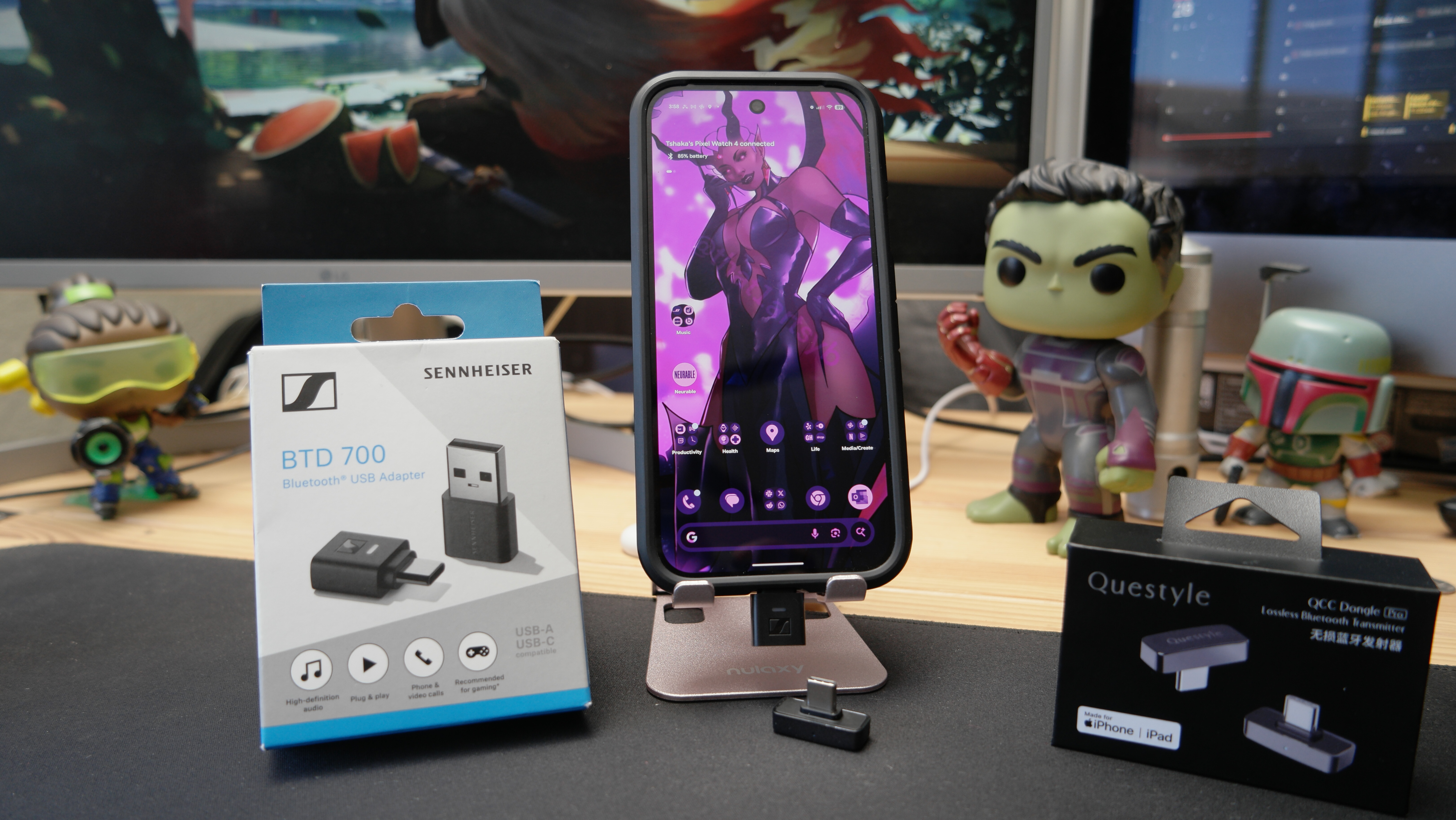
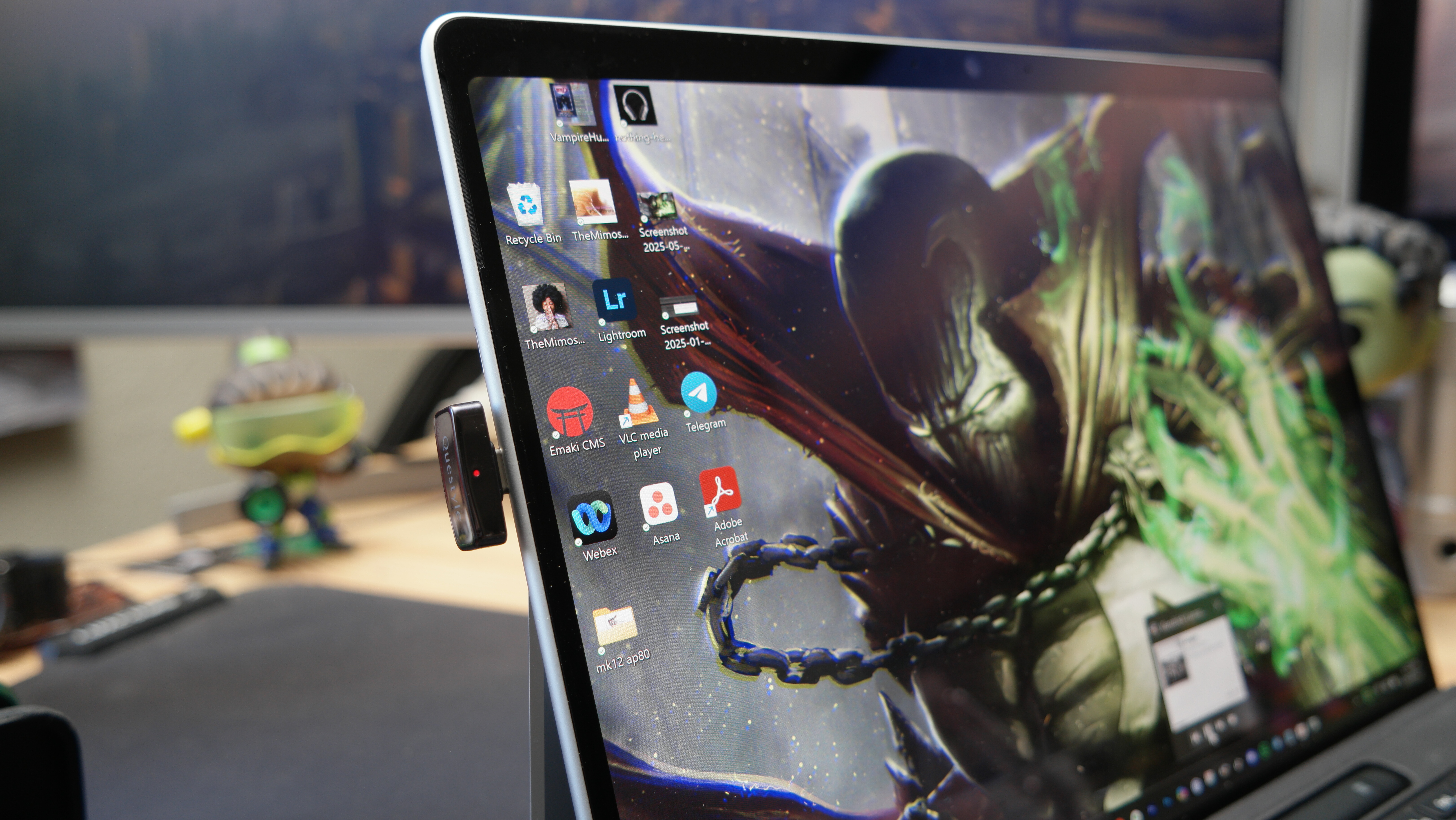
Today, we’re taking a look at the Sennheiser BTD 700 and the Questyle QCC Dongle Pro Bluetooth transmitters, both of which were launched in 2025. These Bluetooth dongles bypass your device’s built-in Bluetooth chips to transmit the best audio to your Bluetooth earbuds, headphones, or IEMs. That’s it. If you’re up on computer lingo, think of these transmitters as external “sound cards.”
I’ve been switching between the two dongles for a couple of weeks now, testing them with mobile devices, as well as a Surface Pro 11 and an iMac Pro. With a quirk here and there, I’ve found that they deliver on the promise of providing plug-and-play experiences.
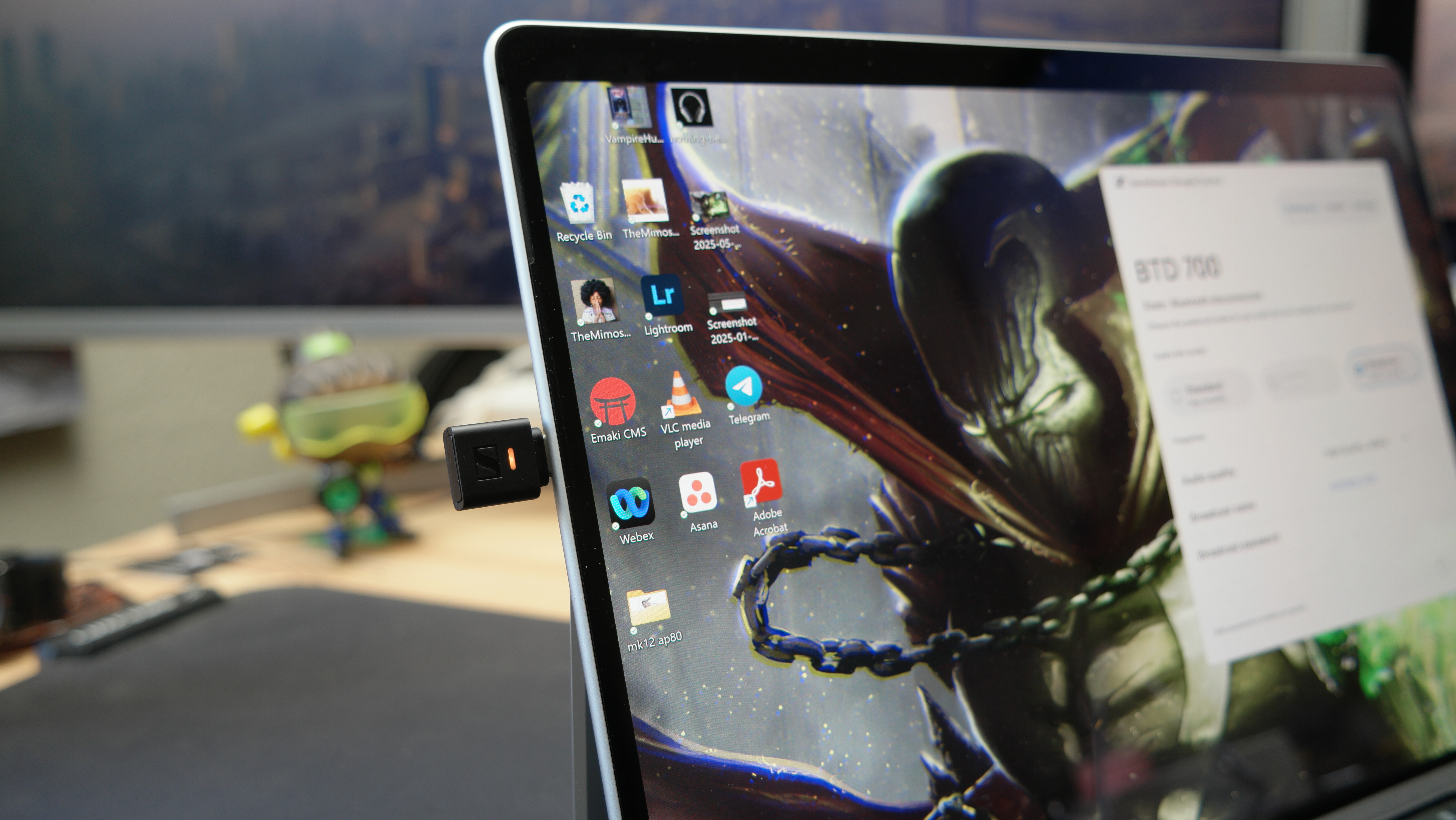
With each device, you get the transmitter in the box, along with a USB-A to Type-C adapter, allowing you to use it with a laptop, computer, or gaming device that doesn’t have USB-C ports. Other than documentation, that’s it. I’ve plugged both dongles into phones with cases on them, without any fit issues.
Each unit has a single status LED. For the BTD 700, take a picture of the menu page showing the LED status legend and save it to a folder in your gallery, since it doesn’t come with a smartphone or tablet companion app. It is quite easy to operate, though, as you simply need to press the button at the bottom of the dongle to change modes/codecs.
The QCC Dongle Pro has a mobile app, making it much easier to know which Bluetooth codec you’re using. It also shows you all of your paired Bluetooth devices.
Plug and played
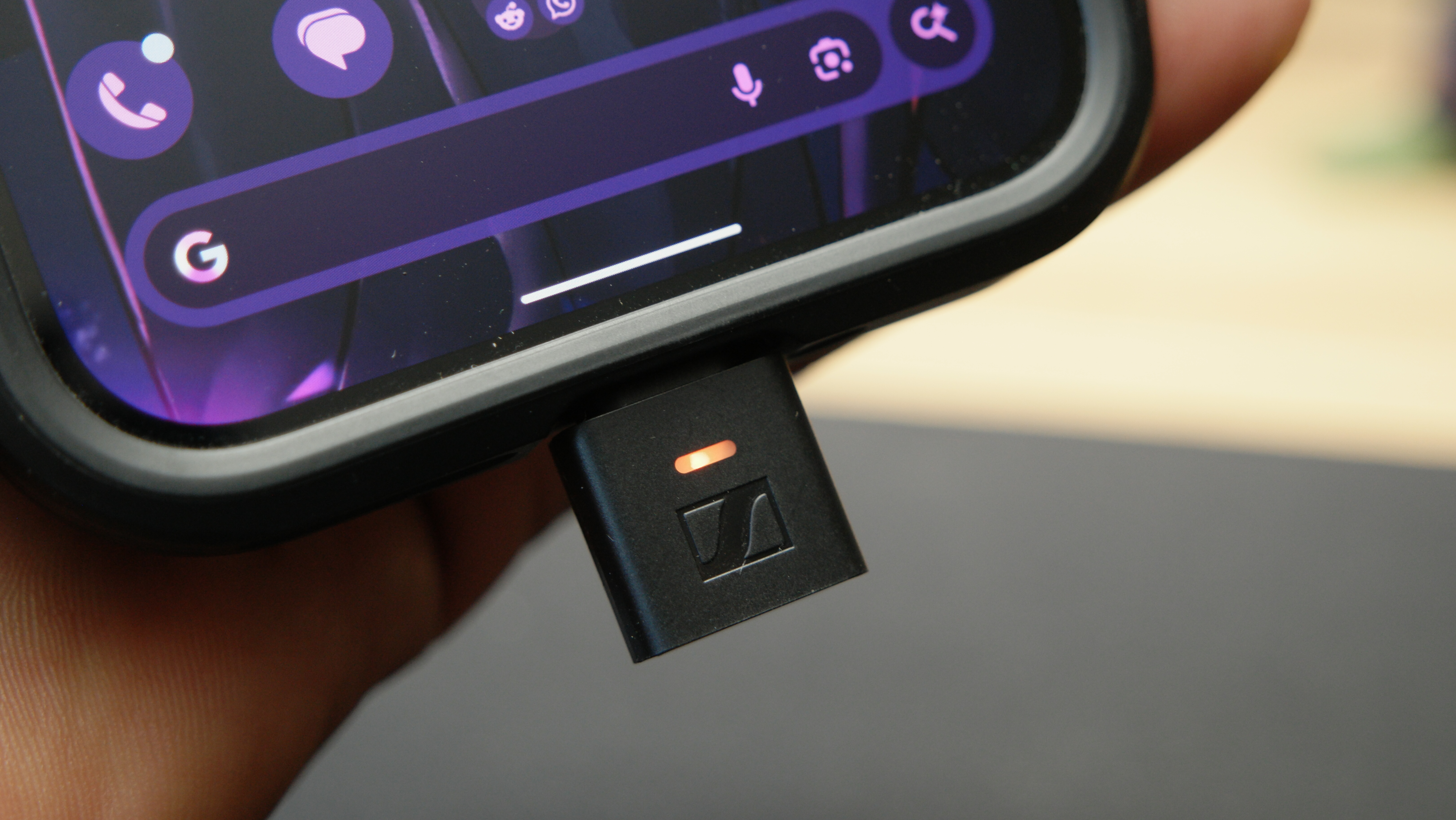
The Android landscape is all over the place when it comes to Bluetooth support for the top-tier hi-res wireless aptX codecs, LDAC, or LC3 with Auracast. The BTD 700 supports aptX Adaptive, aptX Lossless, SBC, and LC3 (with Auracast), while the QCC Dongle Pro supports those same codecs, minus LC3, but adds LDAC.
Audio from both dongles is superb. If you’re on a device that doesn’t support outputting LDAC or AptX Lossless, you’re in for a treat! Of course, you’ll also need a receiving device that supports the standards. Some of the best noise-cancelling earbuds, like the Noble Rex5, or the best ANC headphones like Bowers & Wilkins' excellent Px7 S3, fit the bill nicely.
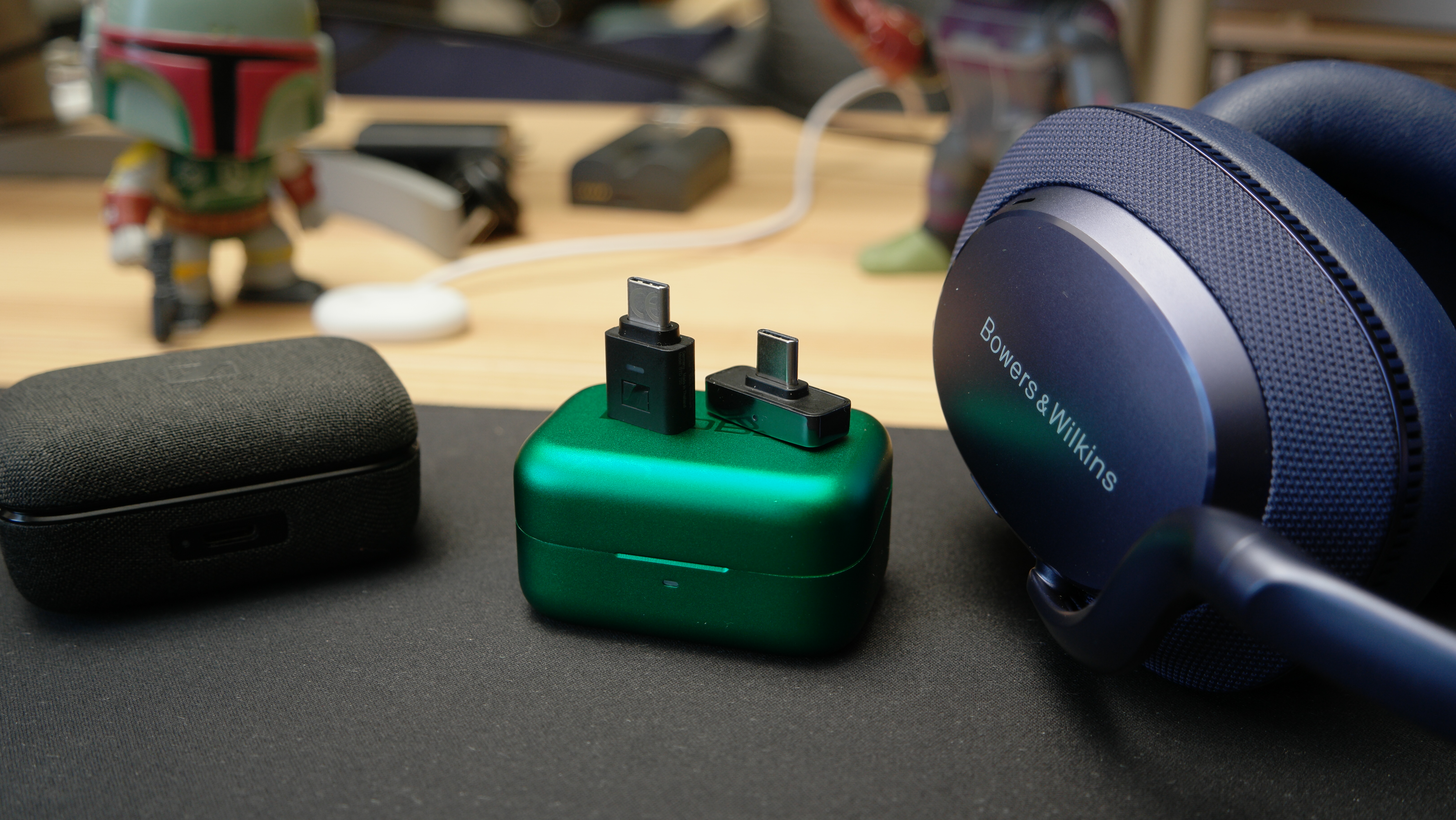
One of the strengths of these dongles is their range. Testing both in a flat park, I was able to walk 225 feet away from a Bose SoundLink Plus before the Pixel 9 dropped the connection.
At home, with the dongle connected to a device in my living room, I was able to walk into the bathroom at the back of my apartment, where my Wi-Fi is usually spotty, and have a strong signal with no dropouts.
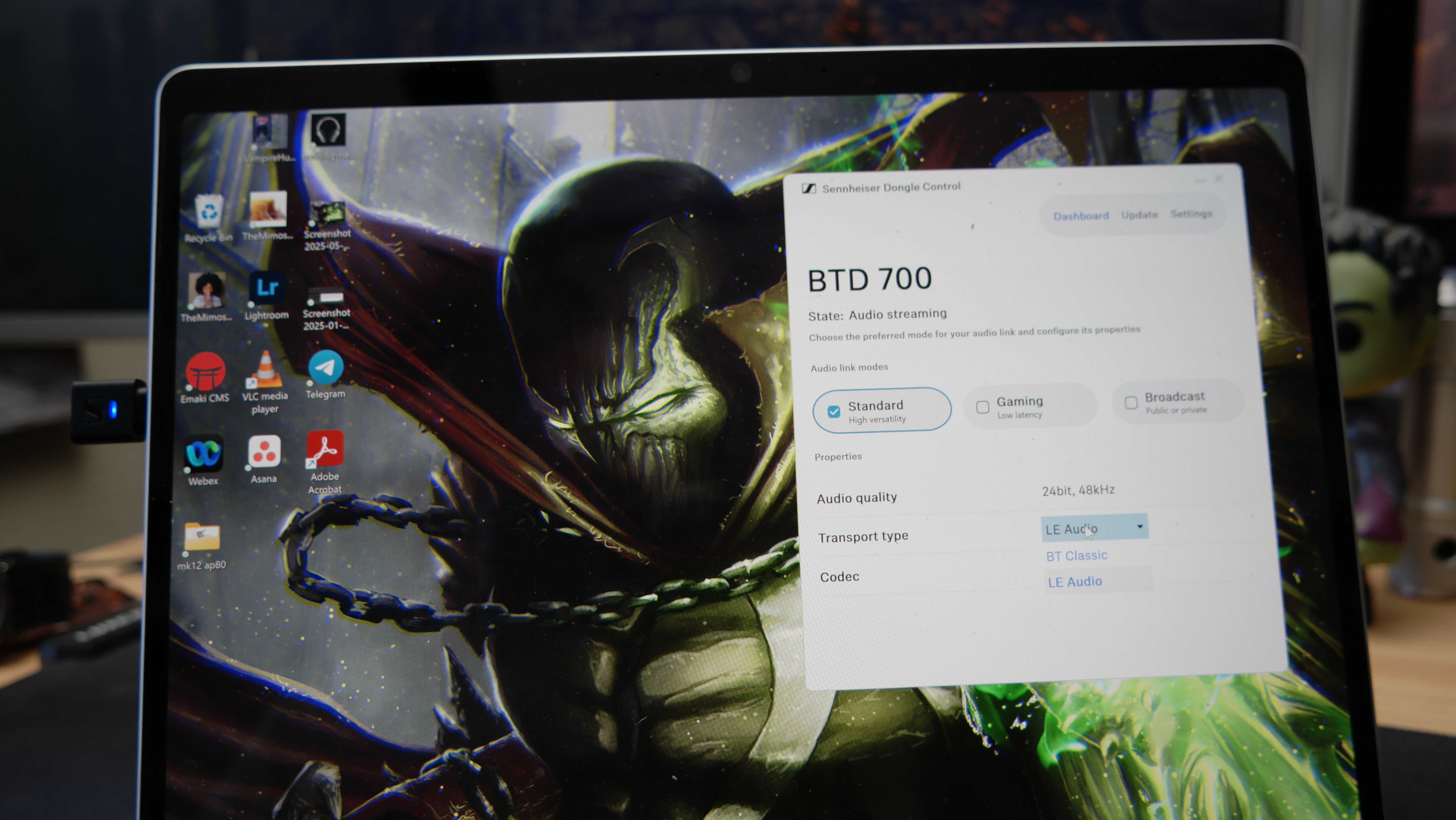
For desktop/laptop use, I’m going to give the “W” to the BTD 700 for its solid Windows and macOS apps.
They make using Sennheiser’s device as easy to use with a computer as Questyle’s is with smartphones and tablets. The bonus here is that the BTD 700 supports Auracast, allowing you to activate broadcast mode, set a broadcast name, and even a broadcast password if you need some privacy among the devices you’re broadcasting to.
Dongle drama
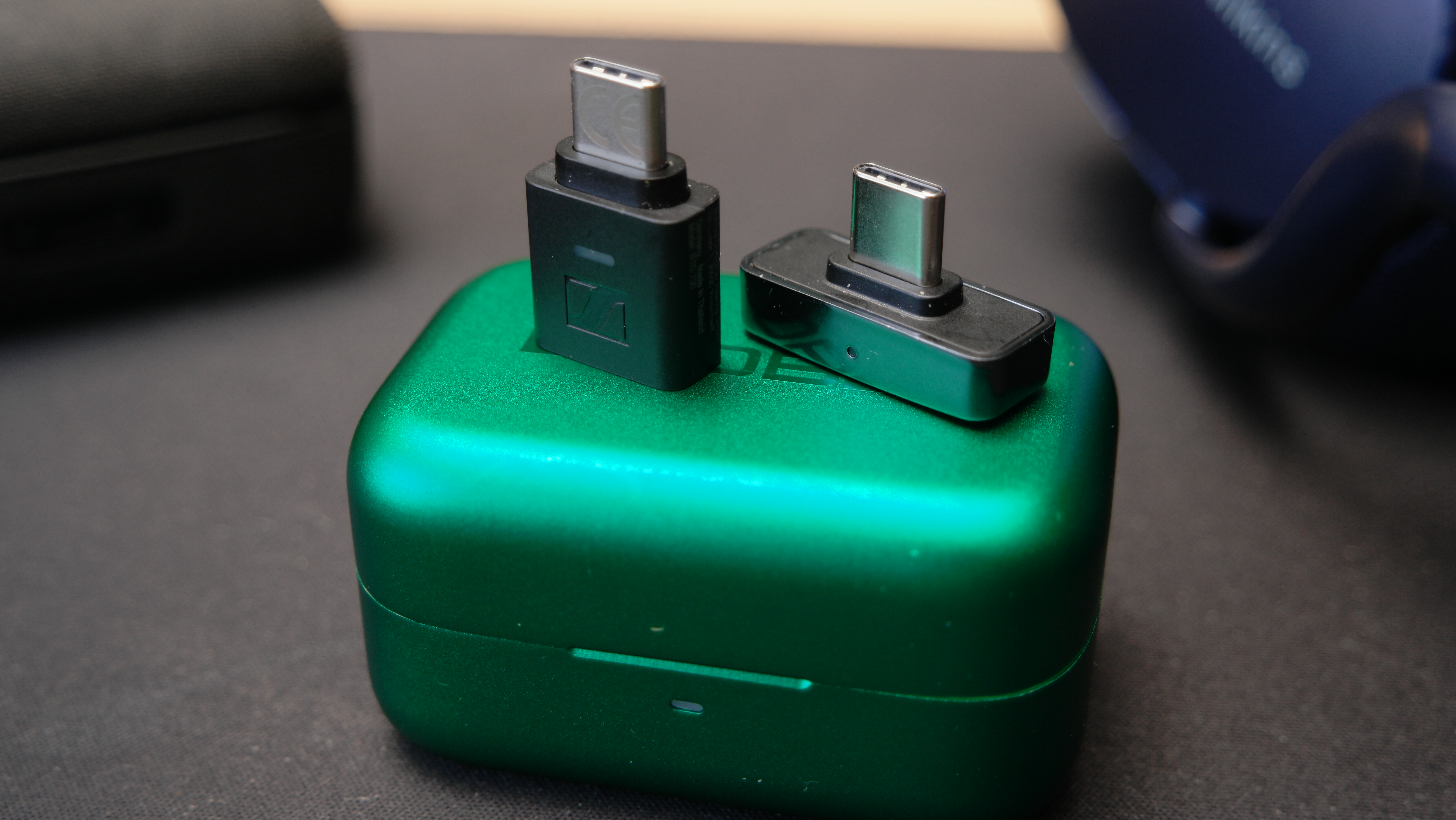
The dongles aren’t without quirks, though. The QCC Dongle Pro has only one LED color for the hi-res codecs, so you won’t know if you’re streaming aptX Lossless or LDAC, for example. You’ll need to look at the app for that.
Since the Sennheiser BTD 700 doesn't have a mobile app for pairing, you’ll have to put the dongle and listening device into pairing mode and just wait for them to connect.
The other thing to note is that almost any time you plug something into a smartphone or tablet's USB-C port other than a charging cable, you’re going to drain the battery faster. In this case, around 10% per hour. Keep that in mind for any long-haul travel, music, or movie-watching sessions.
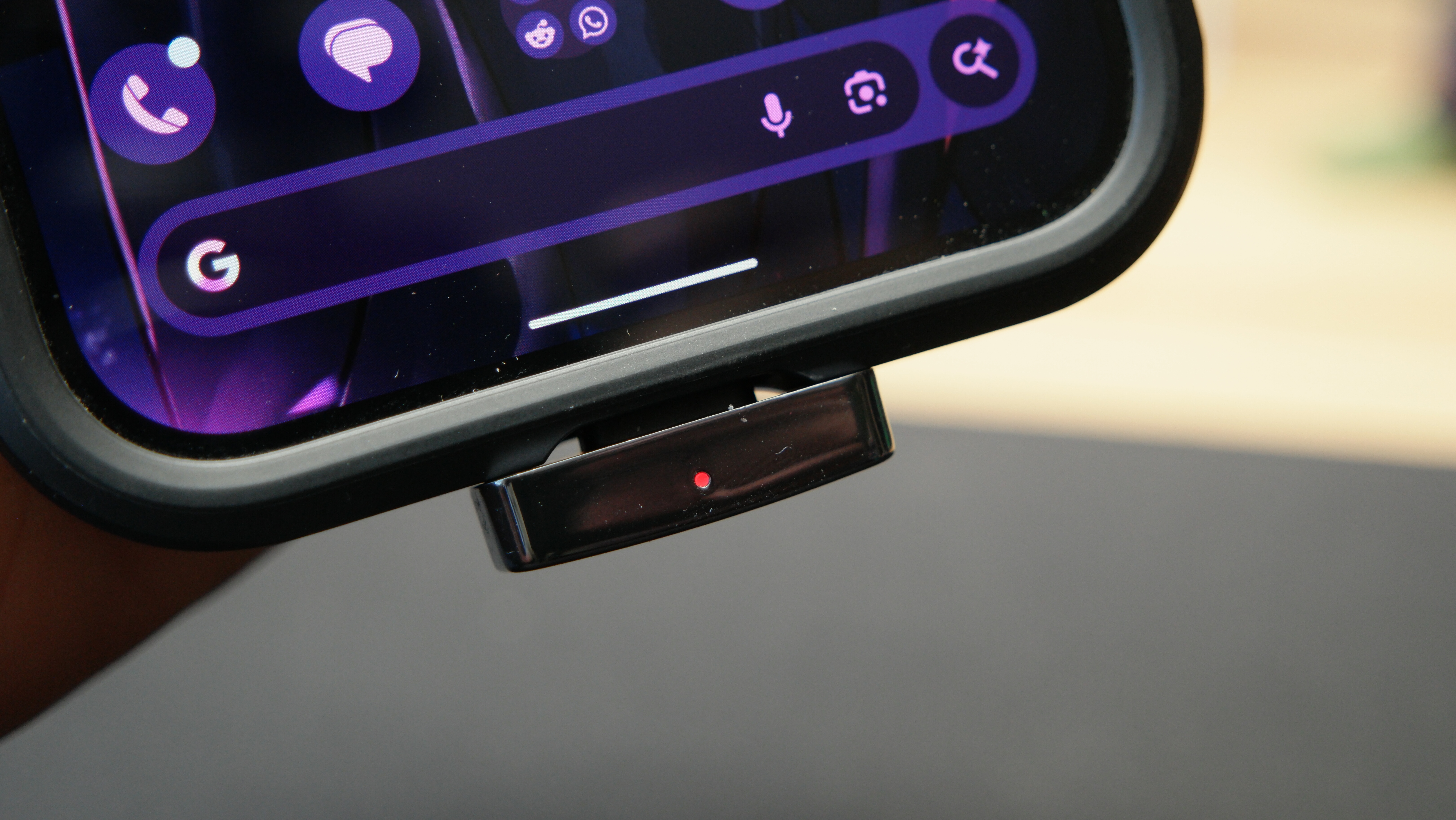
Still, you really can't go wrong with either. It just depends on your needs. And at $60 for the Sennheiser BTD 700 and $99 for the Questyle QCC Dongle Pro, these aren't terribly difficult decisions to make! Note that if the Dongle Pro's pricing feels a bit steep and you don't need LDAC support, you can pick up the standard QCC Dongle for the same price as Sennheiser's.
Small, but mighty!
Supporting multiple flavors of Hi-Res Wirless Audio, the QCC Dongle Pro is a great way to get the most out of your phone and headphones' or earbuds' Bluetooth connection without spending the money to upgrade your phone.
Broadcast to your buds!
Not only does the BTD 700 give you access to top-tier aptX standards, but it comes with support for LE Audio, LC3 and Auracast, allowing you to share audio with a room full of people.
